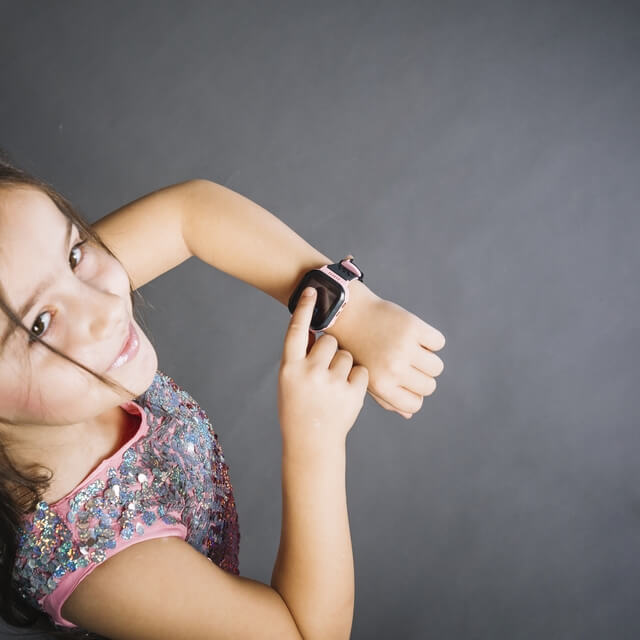Research Objective
The project aimed to investigate whether there is a difference in motor coordination between children developing typically or atypically (ASD, ADHD). Data collection was conducted with a smartwatch on a live session when children wearing the smartwatch were asked to perform various playful (e.g. froggy jump, bunny jump, swimming on the floor) and everyday movements (e.g. grab a glass, turn on light, put toothpaste onto a toothbrush) with the help of an experimenter. First, the machine learning tool has learnt to differentiate between the various movement types of the typically developing children. The results of this phase are already published here. The second phase is whether the algorithm could differentiate the typical and atypical children based on their movements. The results and publishing of this phase are still in progress.
Publication:
- Csizmadia, G., Liszkai-Peres, K., Ferdinandy, B., Miklósi, Á. & Konok, V. (2022). Human activity recognition of children with wearable devices using LightGBM machine learning. Scientific Reports, 12(1). Available from: https://www.nature.com/articles/s41598-022-09521-1
The study was funded by the National Research, Development and Innovation Office (OTKA K 135478; OTKA PD 134984), by the Ministry for Innovation and Technology (ÚNKP-21–5 New National Excellence Program) and by the Hungarian Academy of Sciences (Bolyai János Research Fellowship).
